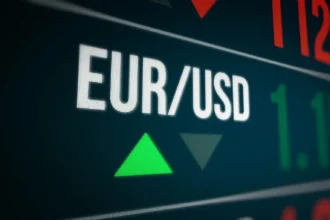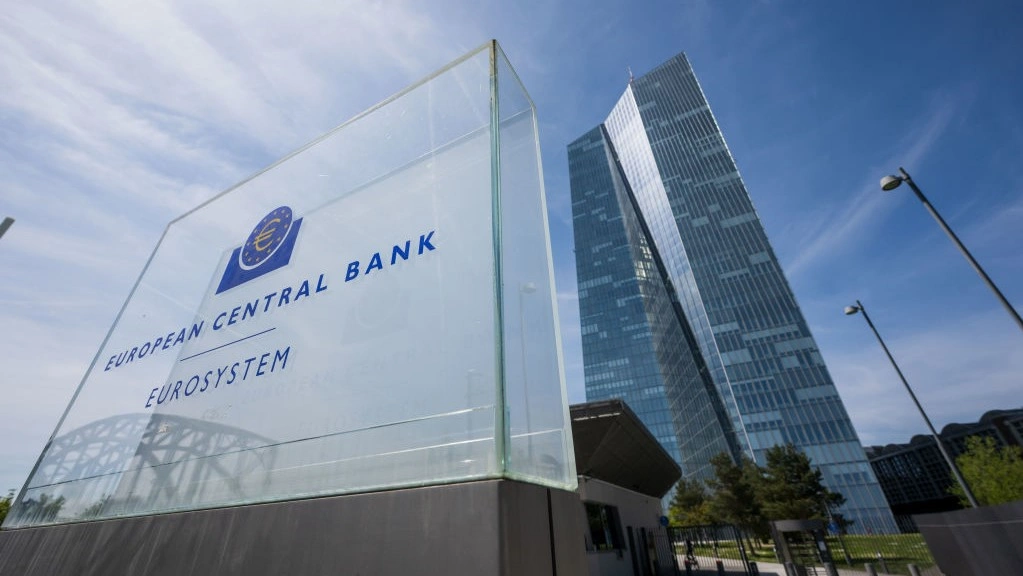ECB Signals Caution on Interest Rates Amid Global Uncertainty and Inflation Concerns
The European Central Bank (ECB) has reinforced its cautious stance on future interest rate moves, signaling that it will tread carefully amid persistent global uncertainties and inflationary pressures. ECB Governing Council member Gabriel Makhlouf, speaking to reporters in Dublin on Monday, emphasized that the path forward is anything but straightforward as the Eurozone faces complex economic challenges.
“Exceptional events happening around the world could have a direct effect on inflation,” Makhlouf noted, underlining the need for vigilance as the ECB seeks to balance inflation control with supporting economic stability.
A Delicate Balancing Act for the ECB
While recent data shows inflation within the Eurozone edging closer to the ECB’s 2% target, it has not fully stabilized within that range. This incomplete progress has heightened concerns within the Governing Council about making premature moves that could disrupt economic recovery or reignite price pressures.
Makhlouf stressed that caution is critical as the ECB evaluates its next steps: “We must be careful when considering changes to monetary policy, especially since inflation has not yet fully aligned with our target.”
The remarks come at a pivotal time when financial markets, investors, and policymakers are keenly observing every ECB signal for clues on whether the bank will pause, hike, or cut rates in the coming months.
Global Headwinds Keep the ECB on Alert
Makhlouf did not elaborate on the “exceptional” global events that could impact inflation, but several looming factors are likely on the ECB’s radar. Geopolitical tensions, particularly in the Middle East and Eastern Europe, continued supply chain disruptions, and volatile commodity prices all present risks to inflation stability and economic growth in the Eurozone.
These external pressures complicate the ECB’s already challenging task of curbing inflation without stifling growth. The cautious tone signals that the bank is unwilling to make hasty decisions, especially with the global economy in a fragile state.
Market Reaction and Rate Cut Speculation
Financial markets had been speculating about a potential rate cut as early as April, but Makhlouf’s comments have tempered expectations. By refraining from offering direct guidance on the likelihood of an April rate adjustment, Makhlouf has left the door open for data-dependent decision-making in the coming months.
Traders and analysts are now recalibrating their forecasts, with many expecting the ECB to hold rates steady in the short term while closely monitoring inflation data and global developments.
Eurozone Inflation: Progress, But Not Victory Yet
The ECB’s inflation target of 2% remains a key benchmark for its policy decisions. While the trend in recent months has shown improvement, stubborn core inflation and price volatility in sectors such as energy and food continue to pose challenges.
Makhlouf’s cautionary approach echoes previous statements from ECB President Christine Lagarde, who has repeatedly emphasized the need for a sustainable decline in inflation before considering rate cuts.
Policy Uncertainty Ahead of April Meeting
With the next policy meeting scheduled for April, the ECB is walking a tightrope between economic data and external shocks. While some policymakers have hinted at potential rate adjustments later in the year if inflation continues to soften, Makhlouf’s comments suggest that the bank is not rushing into decisions.
The ECB’s “wait-and-see” approach reflects broader concerns about acting too soon and derailing fragile recovery in the Eurozone economy, which is already facing headwinds from slowing global demand and tightening financial conditions.
ECB’s Broader Strategy: Flexibility and Patience
The European Central Bank’s current strategy appears to be rooted in flexibility and patience. While other central banks, such as the U.S. Federal Reserve, are also grappling with questions about the timing of rate cuts or pauses, the ECB is keen to avoid a misstep that could send inflation spiraling again or weigh heavily on the region’s struggling growth.
Makhlouf’s statements reinforce this strategy, signaling that the ECB will rely heavily on incoming data before making any definitive moves.
Key Takeaways for Investors and Policymakers
- Inflation Still a Concern: Although headline inflation is moderating, underlying pressures remain. Core inflation trends will be a key metric for ECB decision-makers.
- Global Risks are Paramount: Geopolitical uncertainties, commodity market volatility, and supply chain risks are all factors complicating the ECB’s outlook.
- April Rate Cut Less Likely: Makhlouf’s remarks suggest that the probability of an imminent rate cut is fading, with the ECB adopting a cautious, data-driven approach.
- Market Volatility Expected: As uncertainty lingers, financial markets may see increased volatility in the lead-up to the ECB’s April meeting and beyond.
Final Thoughts
The European Central Bank’s commitment to a careful and calculated policy approach highlights the complexity of today’s economic environment. With inflation not yet fully tamed and global risks adding further uncertainty, the ECB appears determined to avoid premature action.
For now, investors and policymakers alike will closely monitor inflation data, global developments, and signals from key ECB officials to gauge when, and if, the central bank will make its next move.
Disclaimer
The information provided in this article is for informational purposes only and does not constitute financial advice. Always consult with a qualified financial professional before making investment decisions. The author and publisher are not responsible for any financial losses incurred based on the information provided.



